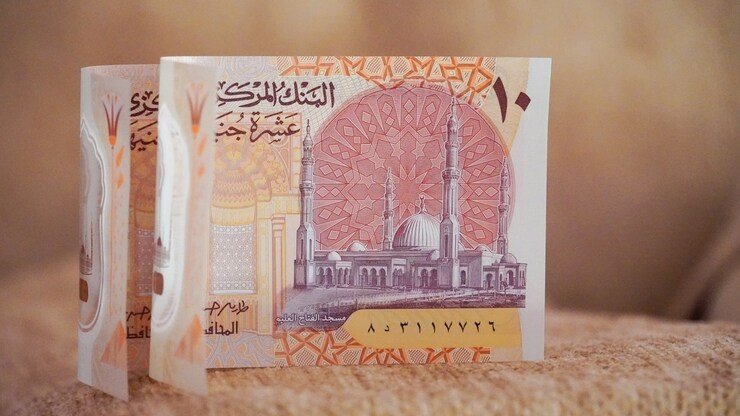Here's why the Egyptian pound is recovering
 © unsplash
© unsplash
The Egyptian pound has regained ground against the US dollar, reflecting stronger foreign reserves, robust tourism and remittance inflows, and renewed investor optimism ahead of key International Monetary Fund (IMF) reviews this fall. After touching a peak of EGP 51.7 per dollar in April 2024, the pound now trades near 48.4 — an improvement of about 6 percent.
flexible rate cushions volatility
Banking experts say the Central Bank of Egypt’s adoption of a flexible exchange rate has played a decisive role in absorbing external shocks. By allowing the pound to fluctuate within a narrow band, the policy reassured investors, kept liquidity flowing, and helped stabilize the market after last year’s turbulence.
IMF program still critical
The pound’s strength is closely tied to Egypt’s $8 billion IMF program, which requires progress on privatization, tax reform, and limiting the state’s economic footprint. Delays in meeting some benchmarks pushed Cairo to request a combined review of the program’s fifth and sixth stages this September. With $2.4 billion in new funds at stake, markets are watching closely for signs of reform momentum.
foreign inflows drive confidence
Tourism revenues hit $12.5 billion, remittances surged to $32.8 billion, and exports climbed to nearly $40 billion in 2024. Together with higher interest rates, these inflows boosted foreign investor appetite for local debt, which now totals around $38 billion. Foreign reserves also crossed $49 billion, reinforcing confidence in Egypt’s monetary stability.
global dollar weakness helps too
International conditions are also working in Egypt’s favor. A softer US dollar, weakened by rate cuts in Washington, has made local currencies more attractive. Analysts argue that the pound remains undervalued by as much as 30 percent, giving Egypt additional appeal to yield-hungry investors.
risks on the horizon
Experts caution that Egypt’s external debt of $155 billion and a persistent trade deficit remain structural challenges. While the pound may hold steady between 48 and 49 through the end of 2025 — or even strengthen further — its long-term path depends on sustained reforms, renewed FDI, and avoiding new regional or global shocks.
Egypt’s recent currency recovery, then, is not a simple rebound but the product of tighter monetary policy, improved inflows, and shifting global dynamics. For businesses and investors, the key question is whether Cairo can translate short-term gains into lasting stability.


